 This pub, the Hotel Marlin on the New South Wales coast in Ulladulla was the first hotel built in NSW after the Second World War. It was built in 1948 by Mr and Mrs A L Pitman.
The hotel name is spelt out in Art Deco lettering and the square columns at the entrances have a certain style about them but otherwise it is a relatively plain red brick building. In fact it reminds me of some the military and industrial buildings built in Victoria & NSW as a result of the war.
This pub, the Hotel Marlin on the New South Wales coast in Ulladulla was the first hotel built in NSW after the Second World War. It was built in 1948 by Mr and Mrs A L Pitman.
The hotel name is spelt out in Art Deco lettering and the square columns at the entrances have a certain style about them but otherwise it is a relatively plain red brick building. In fact it reminds me of some the military and industrial buildings built in Victoria & NSW as a result of the war.
Marlin Tales: A History of Hotels at Ulladulla, Ulladulla.info
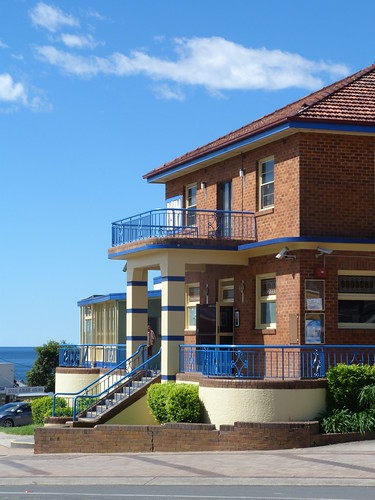


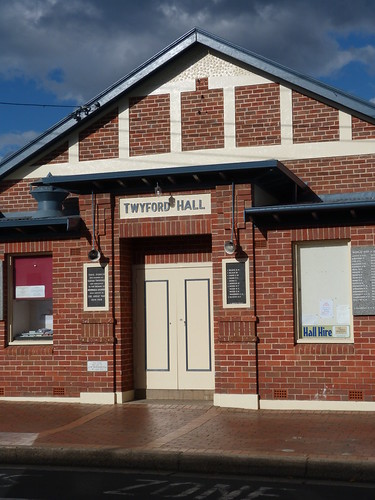



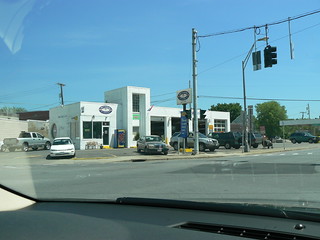
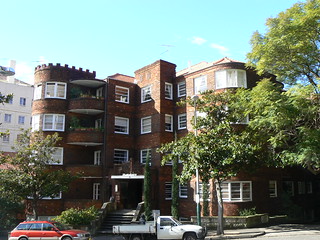
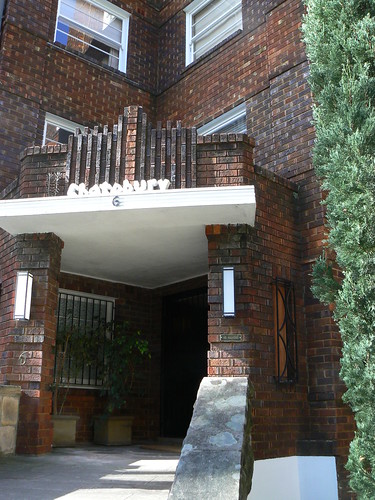
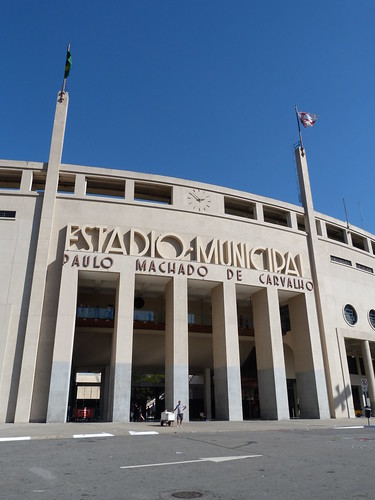
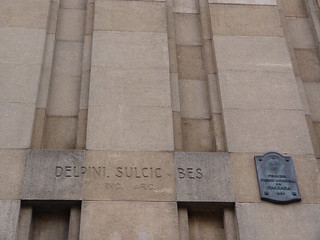
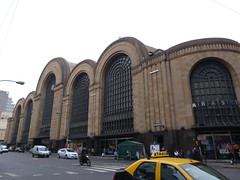
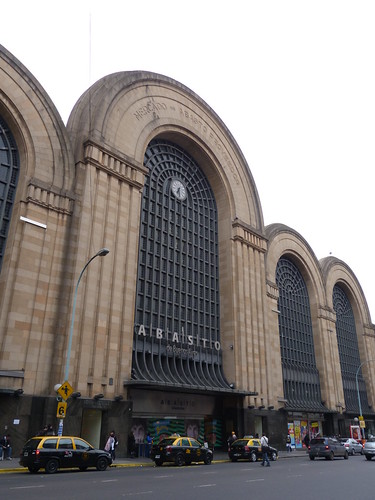
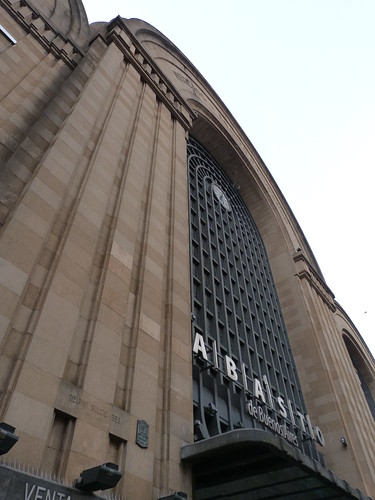
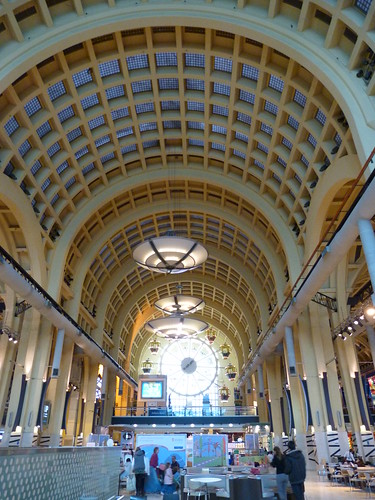
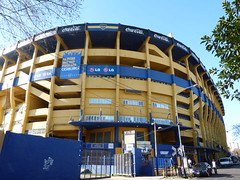

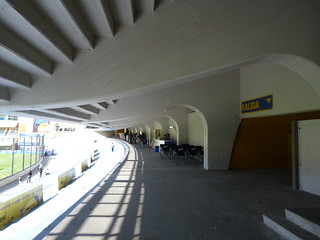








































.jpg)














